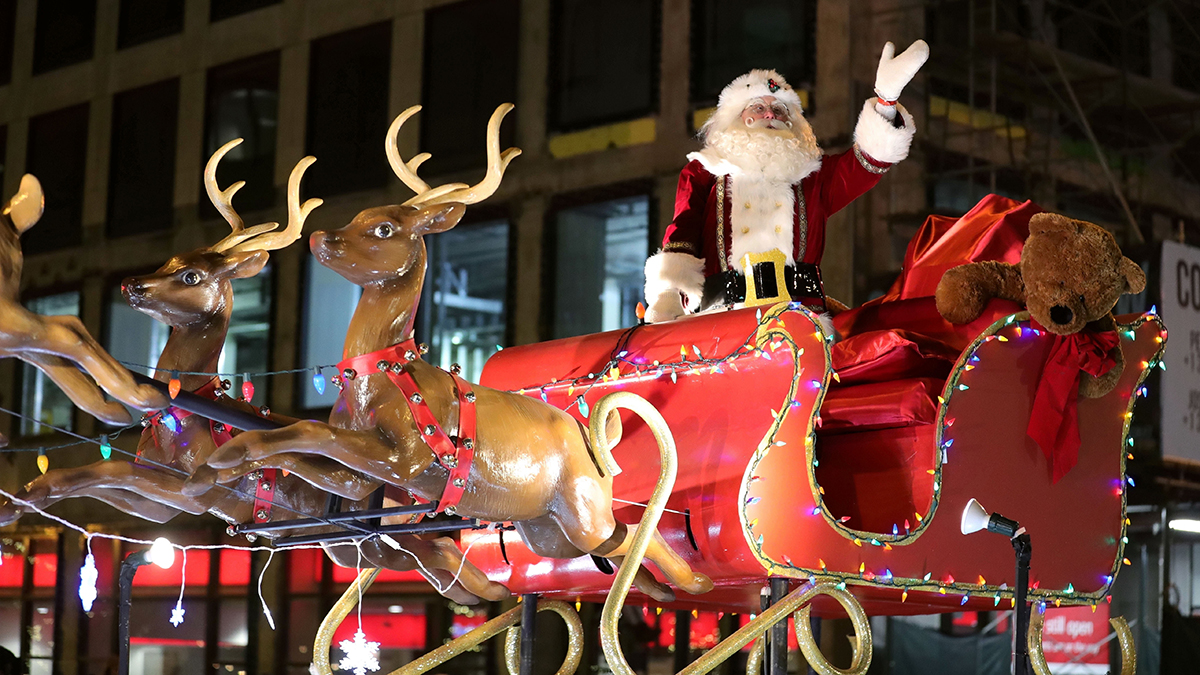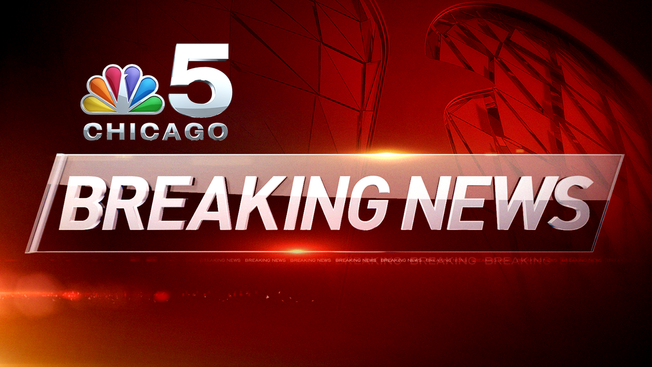As dangerous and frigid wind chills are expected to continue in the Chicago area, homeowners and businesses have already begun to encounter frozen pipes, which can burst and lead to flooding if not addressed quickly.
And though there are steps you can take to prevent your pipes from freezing, it's a different story if they have already frozen.
But how do you know if that has happened?
If you turn on the bathroom or kitchen faucet and see only a few drops or a trickle of water, this could be a sign your pipes are frozen, according to Nationwide Mutual Insurance Company.
If that is the case, there are a few things you can do to thaw your pipes:
- Turn on the faucet — Keep it running. Allowing the faucet to drip even slightly can help prevent a pipe from bursting.
- Apply heat to the frozen area — Slowly apply heat using a hair dryer. Direct air close to the faucet end of the pipe and gradually move toward the coldest section. Be careful not to overheat the hair dryer or blow a fuse. Make sure not to use a propane torch as it can damage the pipe and also poses a fire risk.
- Continue to apply heat — Don’t stop heating until full water pressure is restored. Even then, it’s a good idea to leave the faucet open for a few minutes after the pipe is thawed. This will give the ice time to completely clear from the line.
- Check all faucets and prevent pipes from freezing in the future — Examine each faucet in your home for any other frozen pipes. One frozen pipe may mean that others have been affected as well.
It will likely take around 30 minutes for pipes to thaw. However, this may vary depending on how cold it is, how long the pipe has been frozen and its location. If you're not successful with any of the above steps, you'll want to call a plumber for help.
Local
How to prevent frozen pipes
If none of your pipes have frozen — and you want to prevent that from happening — here's what the American Red Cross suggests:
Feeling out of the loop? We'll catch you up on the Chicago news you need to know. Sign up for the weekly Chicago Catch-Up newsletter.
- Keep garage doors closed if there are water supply lines in the garage.
- Open kitchen and bathroom cabinet doors to allow warmer air to circulate around the plumbing. Make sure to move any harmful cleaners and household chemicals up out of the reach of children.
- Let the cold water drip from the faucet served by exposed pipes. Running water through the pipe — even at a trickle — helps prevent pipes from freezing.
- Keep the thermostat set to the same temperature both during the day and at night. By temporarily suspending the use of lower nighttime temperatures. While you may incur a higher heating bill, you can prevent a much more costly repair job if pipes freeze and burst.
- If you will be going away during cold weather, leave the heat on in your home, set to a temperature no lower than 55 degrees.
A number of other measures are recommended by the American Red Cross before temperatures fall — if they're expected to drop below 20 degrees.
- Drain water from swimming pool and water sprinkler supply lines following manufacturer's or installer's directions. Do not put antifreeze in these lines unless directed.
- Remove, drain, and store hoses used outdoors. Close inside valves supplying outdoor hose bibs. Open the outside hose bibs to allow water to drain. Keep the outside valve open so that any water remaining in the pipe can expand without causing the pipe to break.
- Add insulation to attics, basements and crawl spaces. Insulation will maintain higher temperatures in these areas.
- Check around the home for other areas where water supply lines are located in unheated areas. Look in the garage, and under kitchen and bathroom cabinets.
- Consider installing specific products made to insulate water pipes like a "pipe sleeve" or installing UL-listed "heat tape," "heat cable," or similar materials on exposed water pipes. Newspaper can provide some degree of insulation and protection to exposed pipes.
- Consider relocating exposed pipes to provide increased protection from freezing.



